
Planning a trip can be hard. Cusco, Peru is full of history and culture. This blog will show you the best places to visit there. Get ready for an adventure!
Key Takeaways
- Cusco is rich in history with attractions like Sacsayhuamán Fortress and Qorikancha, showing the Inca Empire’s skills.
- The Sacred Valley offers ancient ruins, traditional markets, and natural wonders like Maras Salt Pools and Moray Terraces.
- Rainbow Mountain and Humantay Lake are great for nature lovers. They have unique colors and beautiful views.
- Visitors can enjoy cultural experiences such as Inti Raymi Festival, Andean music at Qosqo Center of Native Art, and local crafts at San Pedro Market.
- For adventure seekers, there’s hiking on the Inca Trail to Machu Picchu and mountain biking in the Sacred Valley.
Top Historical Attractions in Cusco

Cusco is full of history and amazing sights. From ancient Inca ruins to stunning Spanish colonial architecture, every corner tells a story.
Sacsayhuamán Fortress
Sacsayhuamán Fortress stands above Cusco, Peru. It shows the power of the Inca Empire with its massive stones. Some of these stones are over 200 tons. The Incas built it in the 15th century without modern tools.
This makes Sacsayhuamán a wonder.
Visitors see how smart the Incas were in building things. They put huge stones together so closely, you can’t put a piece of paper between them. This skill kept the fortress strong during earthquakes.
Many people visit to learn and feel amazed by this ancient site.
Qorikancha (Temple of the Sun)
Qorikancha, also known as the Temple of the Sun, was a vital place for the Inca Empire. It stood in Cusco, Peru. The Spanish built Santo Domingo Convent on top of its ruins. This site shows a mix of Inca foundations and colonial architecture.
It was once covered in gold, showing the sun’s power.
Today, visitors see where Incas worshiped the sun. They find old Inca walls inside and outside Santo Domingo Convent. Tours help people learn about this history. Walking through Qorikancha takes you back to Inca times and shows how cultures blend over time.
Cusco Cathedral
After exploring Qorikancha, the journey through Cusco’s rich history continues at the Cusco Cathedral. This masterpiece of colonial architecture stands proudly in the Plaza de Armas.
Built in the 1500s, it is a symbol of Spanish conquest over Inca civilization. The cathedral holds art and artifacts that blend Indigenous and Spanish styles.
Inside, visitors find stunning altars covered in gold and silver. There are also famous paintings by local artists from the Cusco School of Art. One special painting shows The Last Supper with a guinea pig as the main dish—a nod to Andean culture.
The cathedral is not just a place of worship but a museum showcasing Peru’s complex history.
Exploring the Sacred Valley of the Incas
The Sacred Valley of the Incas is a must-see in Peru, full of history and stunning views. It offers an unforgettable journey through ancient ruins and traditional markets.
Pisac Market and Ruins
Pisac Market is a must-see for anyone visiting the Sacred Valley. This market fills with colors and crafts every Tuesday, Thursday, and Sunday. Here, you can buy handmade items from local artisans.
You will find textiles, pottery, jewelry, and more. It’s a great place to pick up souvenirs.
Near the market are the Pisac ruins. These Inca ruins sit high above the town on a mountain ridge. They have agricultural terraces that go down the hillside in neat rows. There are also old temples and baths here.
A visit gives you a view into Inca life long ago.
Ollantaytambo Fortress
After visiting Pisac Market and Ruins, another must-see is the Ollantaytambo Fortress. This site stands out in the Sacred Valley and has a rich history from the Inca Empire. The fortress was both a temple and a stronghold.
It played a big role during the Spanish conquest.
Built on two mountainsides, Ollantaytambo shows how advanced the Incas were in building. They moved huge stones without using modern tools. The site also has terraces that helped with farming on steep slopes.
These features make it an important place to learn about Incan engineering and architecture. Walking through this fortress takes you back in time to when the Incas ruled this land.
Maras Salt Pools
Maras Salt Pools are a sight to see in the Sacred Valley. They have been around since Inca times. People get salt by letting spring water into pools and leaving it to dry. This leaves behind the salt.
Farmers still use these ancient pools today. The site has over 5,000 pools owned by local families. Tourists can walk through paths to see how salt is harvested. They can also buy this unique pink salt from local shops.
Moray Agricultural Terraces
Moray Agricultural Terraces are amazing circles of stone built by the Incas. They used them to test different crops at various altitudes. Each level has its own microclimate, so they could find out what plants grew best where.
This smart farming method helped the Incas grow lots of food.
Today, Moray is near Maras in the Sacred Valley and is a cool spot for travelers. People go there to see how advanced Inca farming was. Walking around Moray, you can feel like you’re stepping back in time.
It’s a must-see for anyone visiting Cusco and wanting to learn about Inca history and agriculture.
Nature and Scenic Spots
Cusco offers breathtaking nature and scenic spots that promise an unforgettable journey. From vibrant mountains to serene lakes, each site tells a story of the earth’s beauty and history.
Rainbow Mountain
Rainbow Mountain stands out in Peru. Its colors look like a rainbow. This is because of minerals in the soil. People from all over come to see it. The walk to get there can be hard, but it is worth it.
The mountain became famous fast. Few knew about it before 2015. Now, many tourists visit every year. They love the bright colors and natural beauty. Walking up Rainbow Mountain is an adventure you won’t forget.
Humantay Lake
After exploring the colorful landscapes of Rainbow Mountain, another natural wonder awaits – Humantay Lake. This lake is known for its stunning turquoise waters. It lies in the Andes Mountains, surrounded by glaciers.
Getting to Humantay Lake involves a hike that takes about 1 to 2 hours. The path starts at Soraypampa base camp. Many travelers visit this spot for its breathtaking views and serene atmosphere.
The lake is also important in local culture, as it’s connected to Inca traditions and Mother Nature worship.
Cristo Blanco Statue
The Cristo Blanco statue in Cusco, Peru, stands tall at 8 meters high. It overlooks the city from atop Pukamoqo Hill. The statue is a symbol of peace. It was a gift from Arabic Palestinians to the people of Cusco in 1945.
From this spot, visitors get stunning views of Cusco and its surroundings.
Many tourists visit Cristo Blanco after seeing the nearby Sacsayhuamán fortress because it’s close by. Walking up to the statue is popular for both locals and travelers. They enjoy the scenic hike and photo opportunities it offers.
Cultural Experiences in Cusco
Cusco provides an in-depth exploration of Peruvian culture, characterized by its lively festivals and art. Tourists have the opportunity to experience the traditions that have formed this city, including music, dance, and community markets.
Inti Raymi Festival
The Inti Raymi Festival is a major celebration in Cusco, Peru. It takes place each year on June 24th to pay respect to the Sun God and initiate the commencement of a fresh Inca calendar year.
Before the arrival of the Spanish, this festival held substantial significance in the Inca period. Currently, many individuals choose to wear vibrant costumes to reproduce historical rituals and dances at the Sacsayhuamán fortress, slightly beyond Cusco.
Individuals from diverse regions visit this event. They savor music, conventional dance, and an abundance of food that’s specific for this day. The primary spectacle displays the Inca Emperor conversing with the sun to request blessings.
This gives visitors a sensation of traveling back in chronological setting within the Inca Empire.
Qosqo Center of Native Art
After exploring the Inti Raymi Festival, head to the Qosqo Center of Native Art. This place is special for its live performances. Here, artists perform traditional Andean music and dances.
It’s a great way to see Peru’s culture up close.
You’ll find colorful costumes and hear folk music. The center also has art exhibits. They show weaving, pottery, and paintings from local artists. Go here to enjoy and learn about Andean arts from the people who keep these traditions alive.
Traditional San Pedro Market
San Pedro Market is a must-see in Cusco. It’s full of life, colors, and smells. Here, locals and travelers mingle. The market offers everything from fresh fruits to traditional textiles.
You can find exotic juices or taste Peruvian dishes like ceviche.
This place also has dozens of stalls for souvenirs. Shoppers can buy hand-made alpaca sweaters or colorful bags. The prices are good, making it a perfect spot for gifts. San Pedro Market captures the heart of Peruvian culture and cuisine in one bustling spot.
Unique Neighborhoods to Visit
Exploring unique neighborhoods like San Blas District gives you a glimpse into the real, vibrant life of Cusco. Discover more about what makes these areas special.
San Blas District
San Blas District is a unique place in Cusco, Peru. It’s famous for its narrow streets and artists. Many people call it the art district. Here, you can find handmade crafts and art galleries.
The area has a great view of Cusco too.
There is also an old church in San Blas. This church is very interesting inside because of its carvings. People visit this neighborhood to enjoy the local culture and food as well.
It’s a good spot for travelers who like to explore on foot.
Siete Borreguitos Street
Siete Borreguitos Street is a unique spot in Cusco. It’s known for colorful buildings and artsy vibes. This street has lots of shops selling handmade goods. You can find ceramics, textiles, and jewelry made by local artists.
Walking here feels like stepping into a living museum of modern Andean culture.
People love this street for its relaxed feel. Cafes and small eateries offer places to chill and watch the world go by. The food is a mix of traditional Peruvian dishes and international flavors.
Siete Borreguitos Street brings together history, art, and life in Cusco in an exciting way.
Museums and Educational Sites
Immerse yourself in Cusco’s rich history and vibrant culture at its museums and educational sites, providing a profound comprehension of this ancient city. Visit these locations to fulfill your curiosity about the Incan empire and colonial times.
Inca Museum
The Inca Museum sits in Cusco, Peru. It shows the history of the Inca Empire and Andean cultures before the Spanish arrived. Visitors see tools, pottery, textiles, and mummies. The museum is inside a colonial building that was once an Inca palace.
This place helps people understand the Incas’ skill in crafts, farming, and building.
Inside this museum, each room tells a different part of the Inca story. There are metalwork pieces showing how advanced they were. Also on display are items from daily life like clothes and jewelry.
Learning about these ancient people gives visitors a deep look into past lives in Peru before modern times changed everything.
Cusco Planetarium
After exploring the Inca Museum, a visit to the Cusco Planetarium offers a different kind of journey. This time, it’s into the vast universe above. The planetarium is close to Sacsayhuamán and provides an intimate look at how the Incas understood the night sky.
They used stars for navigation, agriculture, and rituals.
The Cusco Planetarium has small groups for star gazing sessions. Here, you learn about constellations and Inca astronomy with guides explaining in simple terms. It’s set up to make space easy to understand for everyone.
Visitors also get to use telescopes, making it a hands-on experience under Cusco’s clear skies.
Adventure Activities
For thrill-seekers, Cusco offers unforgettable adventures like hiking the Inca Trail to Machu Picchu and mountain biking through the stunning Sacred Valley. Get ready for excitement around every corner!
Inca Trail to Machu Picchu
The Inca Trail to Machu Picchu is a famous hike in Peru. It takes you through ancient sites, beautiful mountains, and forests before reaching Machu Picchu. This trail is 26 miles long and usually takes four days to complete.
Hikers see old ruins and learn about the Inca culture on their journey.
Next, visitors can try mountain biking in the Sacred Valley for more adventure.
Mountain Biking in the Sacred Valley
Mountain biking in the Sacred Valley offers an unforgettable adventure. Riders zoom through ancient Inca ruins and stunning landscapes. The trails range from easy to challenging, making it perfect for everyone.
You’ll see places like Pisac and Ollantaytambo up close.
This activity also lets you meet local communities. You will learn about their lives and traditions while biking through their lands. It’s a fun way to explore the valley and get some exercise at the same time.
Tips for Travelers
For those planning to explore Cusco, knowing the best travel tips can make your visit smooth and unforgettable. Find out how!
Best time to visit
The best time to visit Cusco, Peru is from June to September. During these months, the weather is sunny and dry. This makes it great for hiking the Inca Trail or exploring ruins like Sacsayhuamán and Qorikancha.
The city also celebrates important festivals like Inti Raymi in June, adding more fun to your trip.
Before you plan your trip, know that Cusco’s weather can be quite cold at night even during this peak season. So, packing warm clothes is a smart move. Choosing these months gives you the best chance to enjoy all the outdoor adventures and cultural events Cusco has to offer without worry about rain ruining your plans.
Preparing for altitude
After picking the best time to visit Cusco, getting ready for high places is key. Cusco sits over 11,000 feet above sea level. This means air up there is thinner. Your body needs time to adjust.
Drink lots of water and take it easy for the first few days. Some people eat local foods like coca leaves to help with altitude sickness. These steps can make your trip more enjoyable and keep you feeling well as you explore.
Also, consider bringing medicine for altitude sickness just in case. Listen to your body when exploring places like Sacsayhuamán or hiking in the Sacred Valley. Rest if you feel tired or dizzy, and always stay hydrated.
This way, you’ll be able to enjoy all the sights without worry.
Navigating local transportation
Getting around Cusco is pretty easy. Buses and taxis are everywhere. Buses cost very little, making them a cheap way to travel. They reach most places you might want to go. Taxis are also good for short trips in the city but always agree on a price before you get in to avoid surprises later.
Walking can be a great choice too, especially if you’re exploring places like the San Blas neighborhood or Plaza de Armas. These areas have lots of things to see close to each other.
For longer journeys, like going to the Sacred Valley, consider hiring a private van or joining a tour group. This makes travel easier and lets you enjoy the sights without worrying about directions.
Conclusion
Cusco, Peru has many places to see. From old ruins to lively markets, there is something for everyone. You can walk through history or enjoy nature’s beauty. Try new foods and learn about local traditions too.
Don’t forget your camera – Cusco’s views are unforgettable!
FAQs
1. What attractions can I visit in Cusco, Peru?
Cusco, Peru is packed with amazing sights. From the ancient Inca site of Machu Picchu to the vibrant Plaza de Armas and the intriguing Qorikancha temple… there’s something for every traveler.
2. Is it worth visiting Cusco if I’m interested in history?
Absolutely! If you’re a history buff, Cusco will feel like a treasure trove. The city was once the capital of the Inca Empire and its streets are lined with well-preserved colonial architecture… not to mention nearby historical sites such as Sacsayhuaman and Ollantaytambo.
3. Can I experience local culture in Cusco?
Definitely! Local markets such as San Pedro offer an authentic taste of Peruvian life – from traditional foods to handmade crafts. Plus, festivities like Inti Raymi showcase rich cultural traditions.
4. Are there outdoor activities available around Cucso?
Of course! Hiking enthusiasts will love trails leading to Rainbow Mountain or Humantay Lake… while adrenaline-seekers can try white-water rafting on Urubamba River or zip-lining in Sacred Valley.
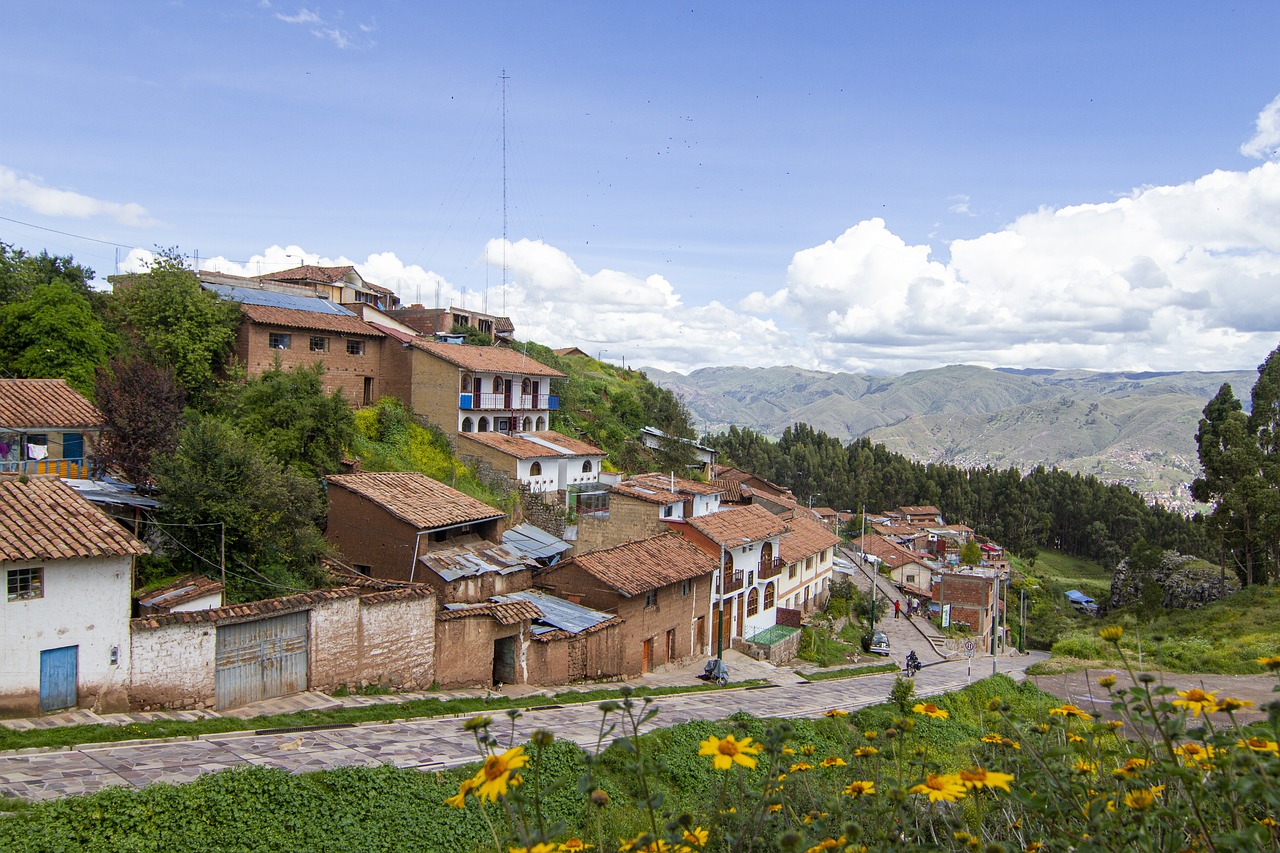
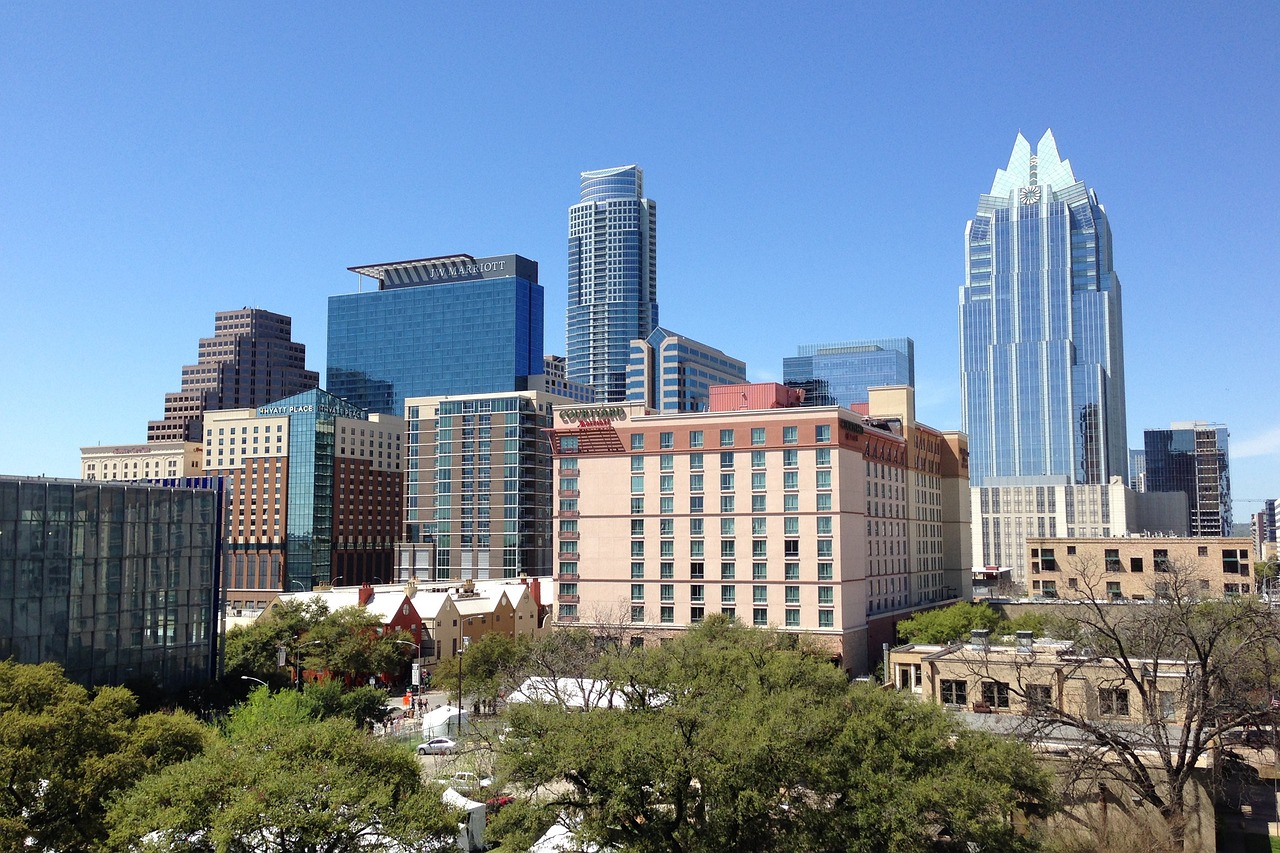
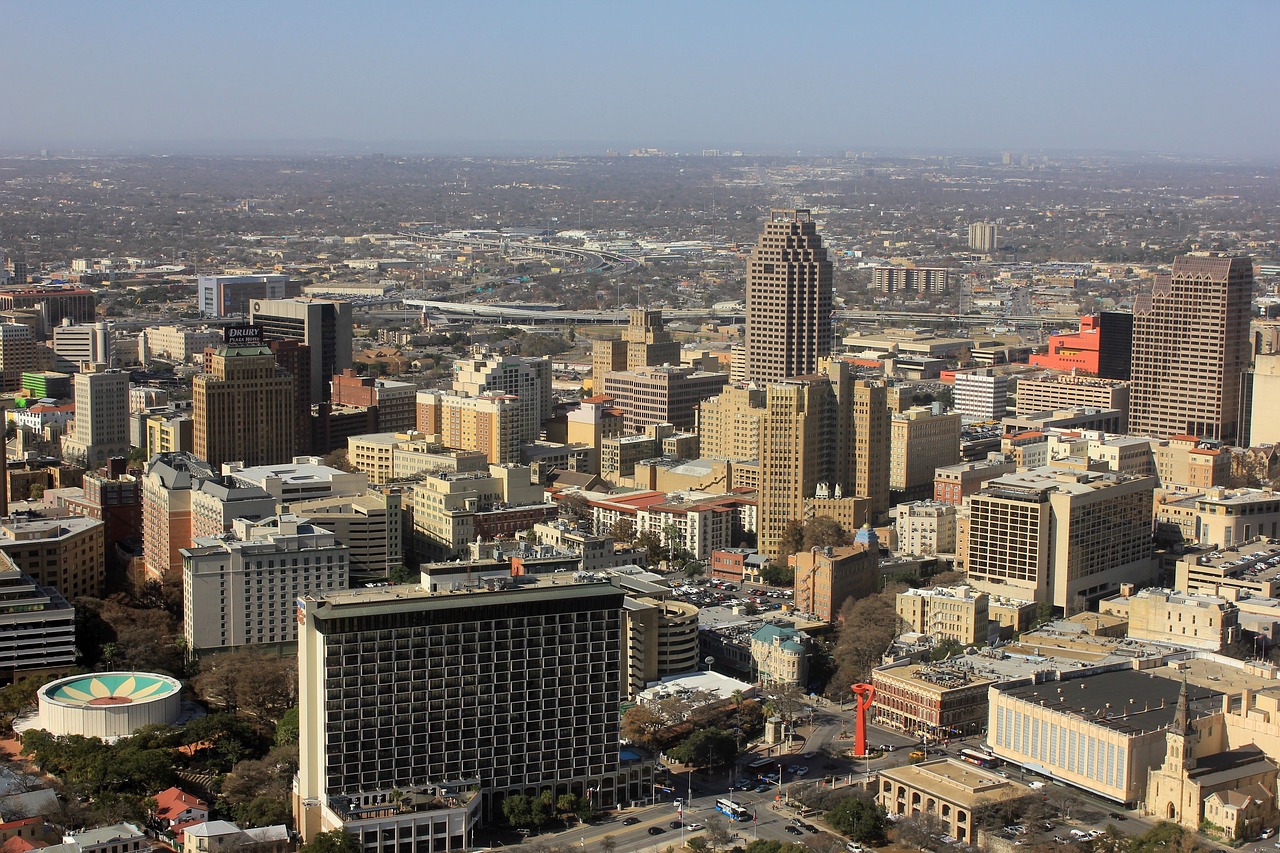
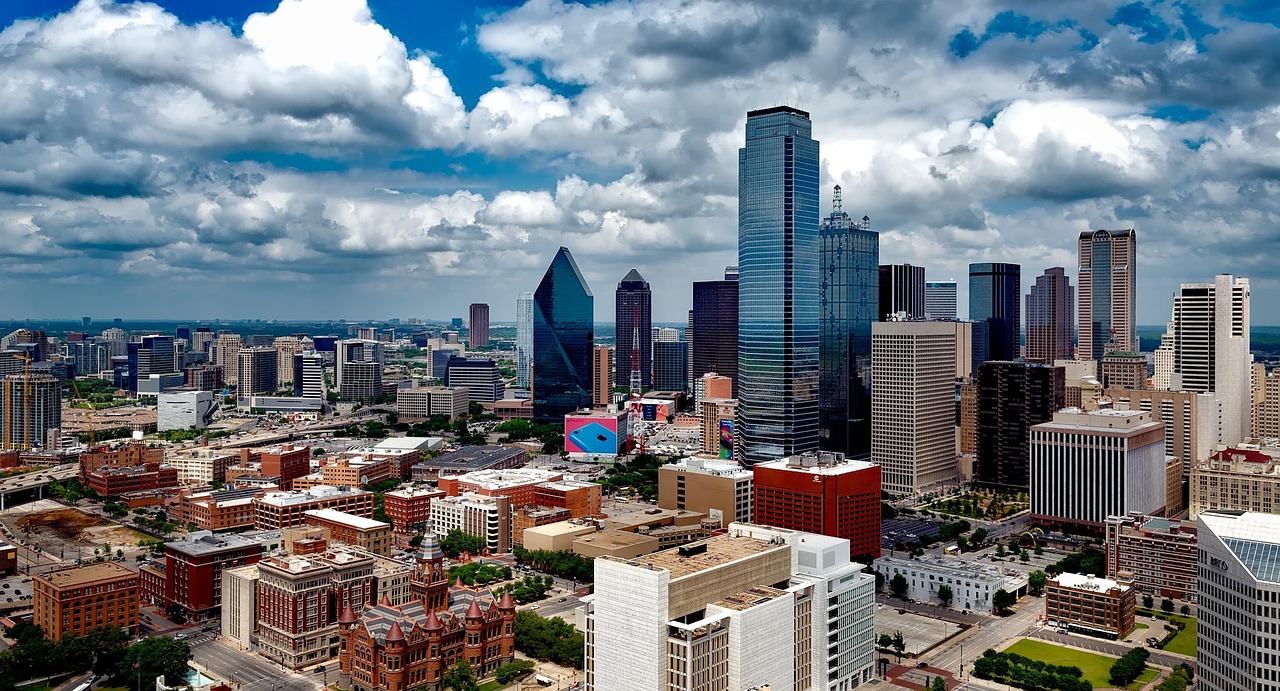
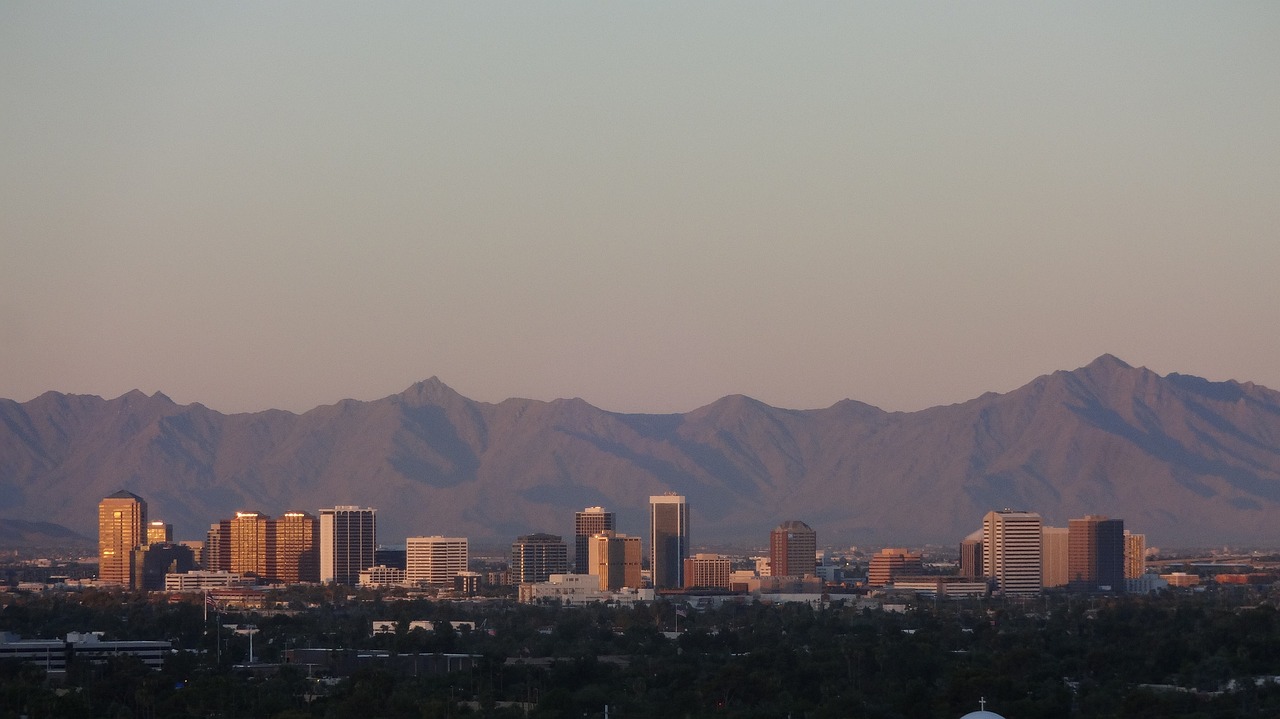

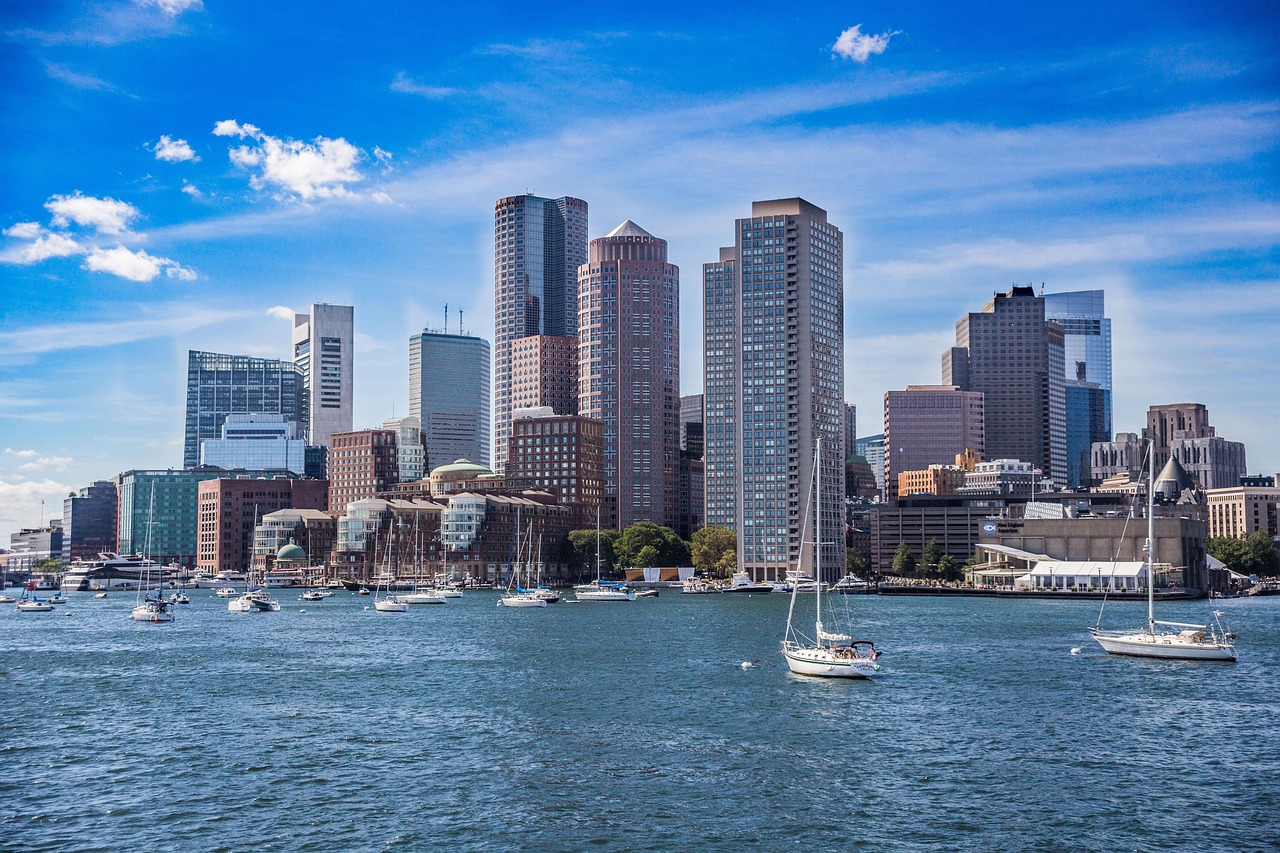
Leave a Reply